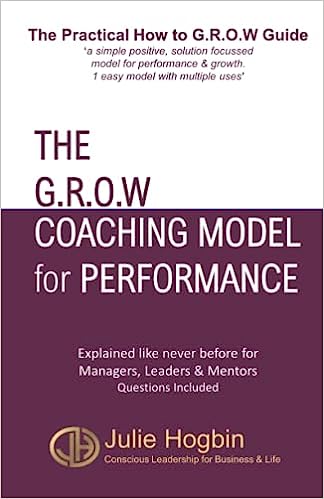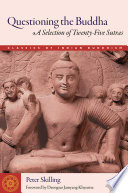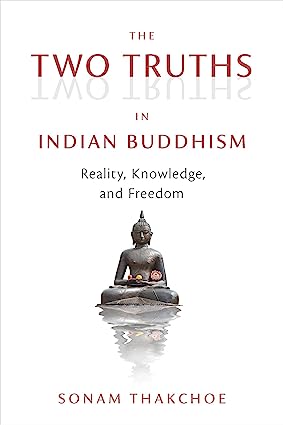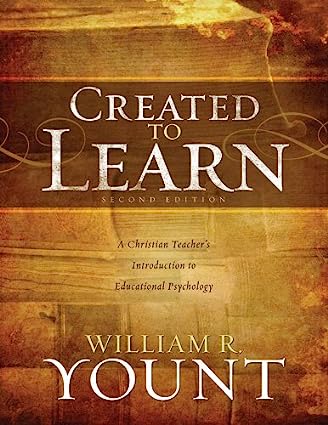موضوعات
آموزش و پرورش
ادبیات و زبان
پزشکی، دندانپزشکی و داروسازی
تاریخ و جغرافیا
داستان و رمان
دیگر
دین و فلسفه
روانشناسی
ریاضیات و آمار
سلامتی، تناسب اندام و رژیم غذایی
شیمی و پلیمر
علوم اجتماعی و حقوق
علوم زیستی و بیوتکنولوژی
فیزیک و نجوم
کامپیوتر و اینترنت
کتابهای کودکان و داستان
کسب و کار و اقتصاد
کشاورزی و دامپزشکی و غذا
معماری
مهندسی و فناوری
هنر و تئاتر
محصولات
The GROW Coaching Model for Performance : The Practical How to GROW Guide - 1 simple model with mutiple uses with questions included (On Point Series for Conscious Leadership in Business & Life) - Epub + Converted Pdf
نویسندگان: خلاصه: The GROW Coaching Model for Performance : The Practical How to GROW Guide - 1 simple model with mutiple uses with questions included (On Point Series for Conscious Leadership in Business & Life) by Julie HogbinFreedom through Correct Knowing: On Khedrup Jé's Interpretation of Dharmakirti - Epub + Converted Pdf
نویسندگان: خلاصه: Freedom through Correct Knowing: On Khedrup Jé's Interpretation of Dharmakirti – August 2, 2022 by Geshe Tenzin Namdak (Editor), Gelong Tenzin Legtsok (Editor), Sera Jey Monastic University Translators’ Training Program (Translator), His Holiness Dalai LamaScience and Philosophy in the Indian Buddhist Classics, Vol. 3: Philosophical Schools (3) - Epub + Converted Pdf
نویسندگان: خلاصه: Science and Philosophy in the Indian Buddhist Classics, Vol. 3: Philosophical Schools (3) – Box set, December 13, 2022 by Thupten Jinpa (Editor), Donald S. Lopez Jr. (Translator, Introduction), Hyoung Seok Ham (Translator), His Holiness the Dalai LamaThe Secret Revelations of Chittamani Tara: Generation and Completion Stage Practice and Commentary - Epub + Converted Pdf
نویسندگان: خلاصه: The Secret Revelations of Chittamani Tara: Generation and Completion Stage Practice and Commentary (The Dechen Ling Practice Series) – April 4, 2023 by Pabongkha Dechen Nyingpo (Author), David Gonsalez (آیا کتاب مورد نظر هنوز بر روی سایت قرار نگرفته است؟ جای نگرانی نیست! کافی است بر روی گزینه سفارش کتاب کلیک کرده و درخواست خود را ثبت کنید. در کمتر از چند ساعت کتاب شما را آماده خواهیم کرد.









